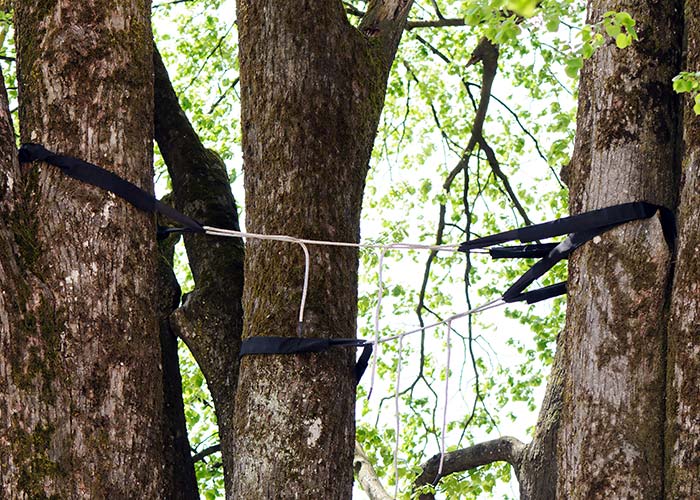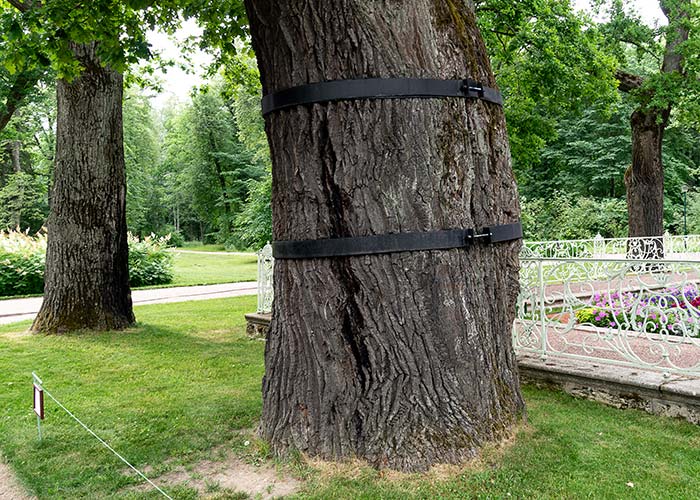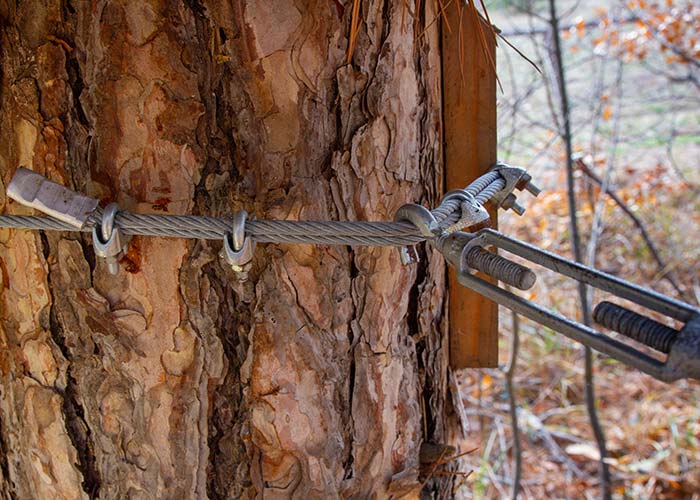Tree Cabling & Bracing
Tree Cabling and Bracing: Strengthening Trees
The scenic beauty of South Baldwin County, Alabama, and the adjacent Escambia and Santa Rosa Counties in Florida is characterized by a rich variety of trees that adorn the landscape. To ensure the preservation and longevity of these majestic trees, tree cabling and bracing are vital practices. In this article, we will explore the importance of these techniques in the unique environment of South Baldwin County, Alabama, and Escambia/Santa Rosa Counties, Florida.
The Significance of Tree Cabling and Bracing
Hurricane Resilience
Coastal regions such as South Baldwin County and the adjacent counties in Florida are susceptible to hurricanes and tropical storms. These severe weather events can exert immense force on trees, leading to structural damage or uprooting. Tree cabling and bracing are essential for fortifying trees against the relentless winds and heavy rains associated with these storms. This practice helps prevent tree failure and minimizes the risk of trees becoming hazardous.
Preserving Historical Trees
Many trees in this region hold historical and cultural significance, with some dating back centuries. Tree cabling and bracing offer a way to preserve these ancient giants, ensuring they continue to thrive and contribute to the area's rich heritage. By reinforcing weakened or compromised branches, these trees can remain a symbol of strength and endurance.
Aesthetic Value
The scenic beauty of South Baldwin County, Alabama, and the neighboring counties in Florida is a testament to the lush tree canopy. Tree cabling and bracing are effective tools for preserving the aesthetic value of trees. By providing additional support, these techniques ensure that trees maintain their graceful form and lush foliage, adding to the region's visual appeal.
Safety
The safety of residents and visitors is of paramount importance in this coastal area. Weak or structurally compromised trees pose a significant risk during severe weather events, potentially causing damage to property and endangering lives. Tree cabling and bracing reduce this risk by reinforcing trees, preventing limb breakage, and maintaining their integrity.
Tree Cabling and Bracing in Practice
Tree cabling involves the installation of steel cables between branches to provide support and structural stability. This method is particularly effective in preventing limbs from splitting or breaking under heavy loads.
Tree bracing complements cabling by using threaded rods or braces to reinforce the junctions where branches meet the trunk. This extra support helps trees withstand the stresses of high winds, ice, or snow.
Tree Cabling and Bracing for Native Species
The region's tree species, including Live Oaks, Southern Magnolias, and Longleaf Pines, benefit significantly from tree cabling and bracing.
Live Oaks (Quercus virginiana)
Live Oaks are a prominent feature of South Baldwin County and the adjacent counties in Florida. Their sprawling canopies and expansive branches make them particularly susceptible to storm damage. Cabling and bracing help preserve these iconic trees and protect the surrounding landscape.
Southern Magnolias (Magnolia grandiflora)
The Southern Magnolia's large, glossy leaves and fragrant blossoms make it a beloved tree. Cabling and bracing techniques can help maintain the structural integrity of these trees, ensuring their continued vitality and beauty.
Longleaf Pines (Pinus palustris)
Longleaf Pines, with their distinctive long needles and tall trunks, are integral to the region's ecosystems. Cabling and bracing are essential for safeguarding these pines against storm damage, allowing them to thrive in their natural habitats.
Conclusion
Tree cabling and bracing are indispensable practices for preserving the natural beauty, historical trees, and safety of South Baldwin County, Alabama, and Escambia/Santa Rosa Counties in Florida. By reinforcing the region's trees, these techniques help maintain their structural integrity and resilience in the face of adverse weather conditions. As caretakers of this unique and breathtaking landscape, it is our responsibility to ensure that these trees continue to thrive and inspire for generations to come.



